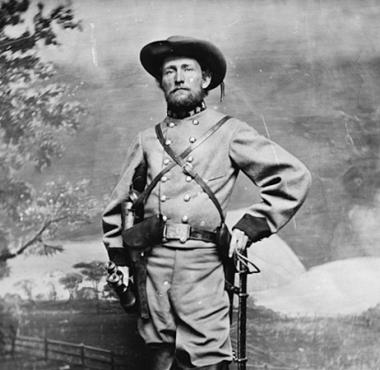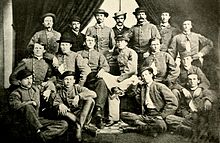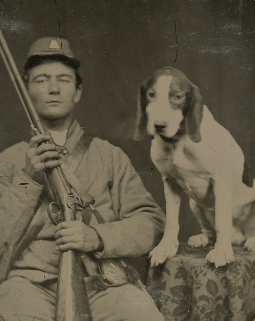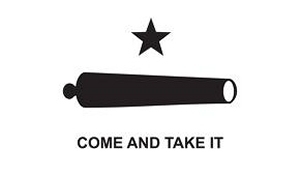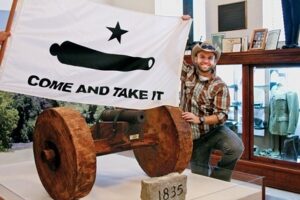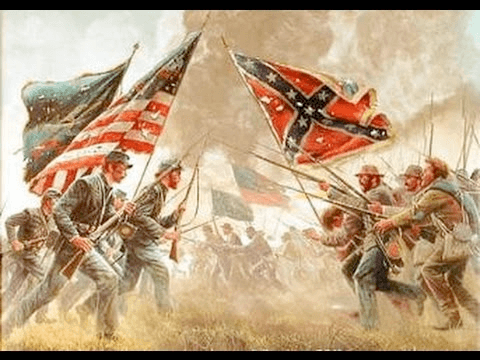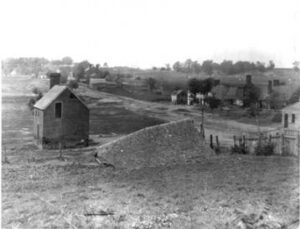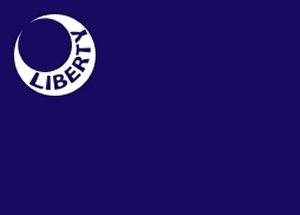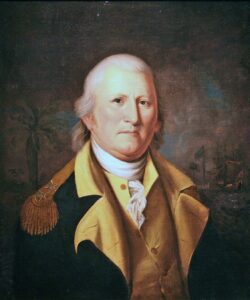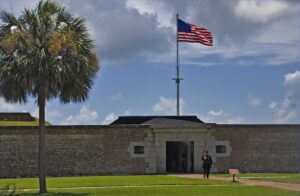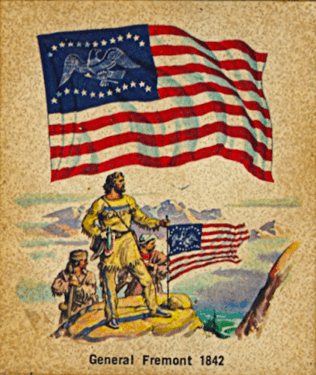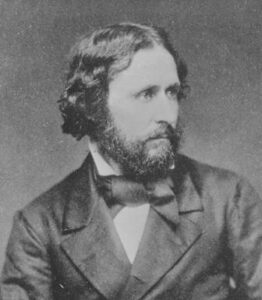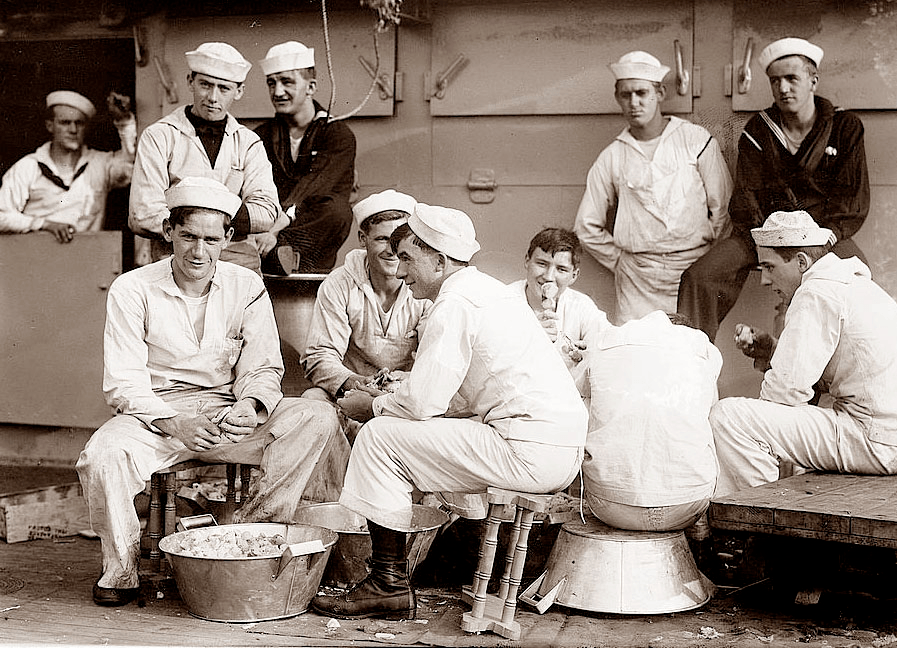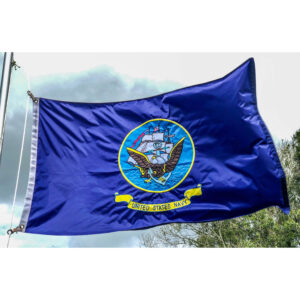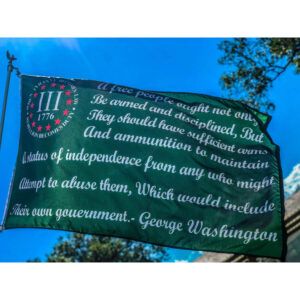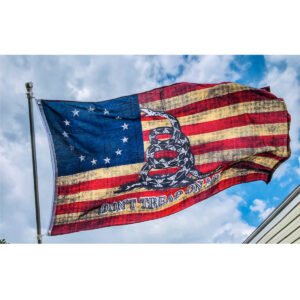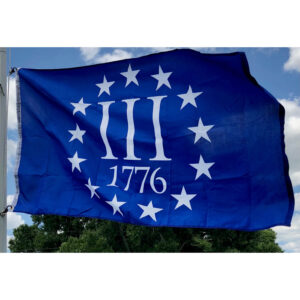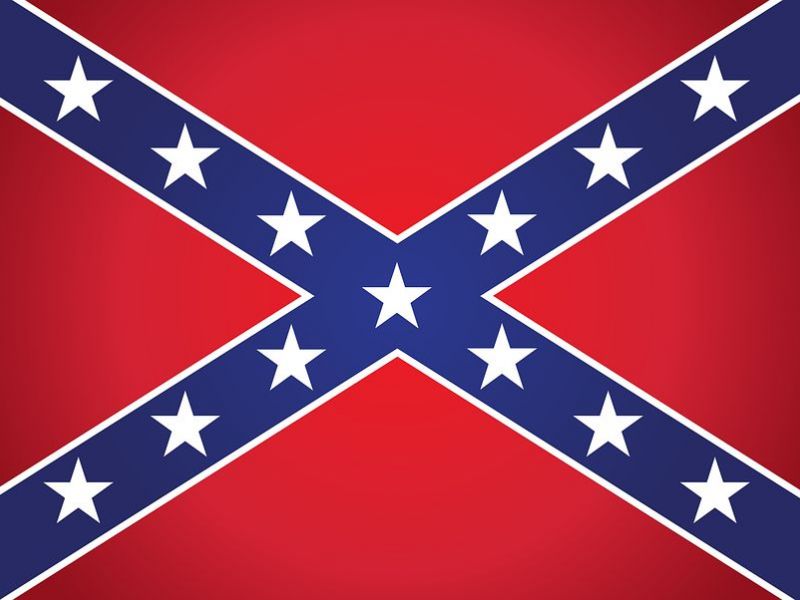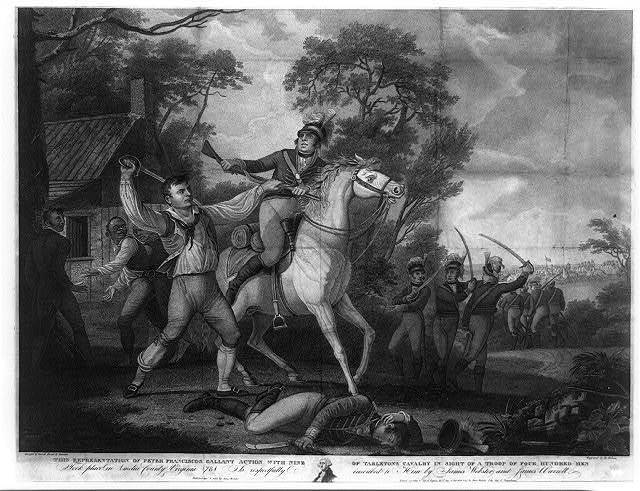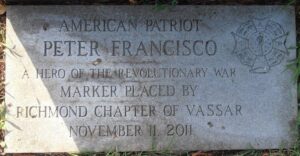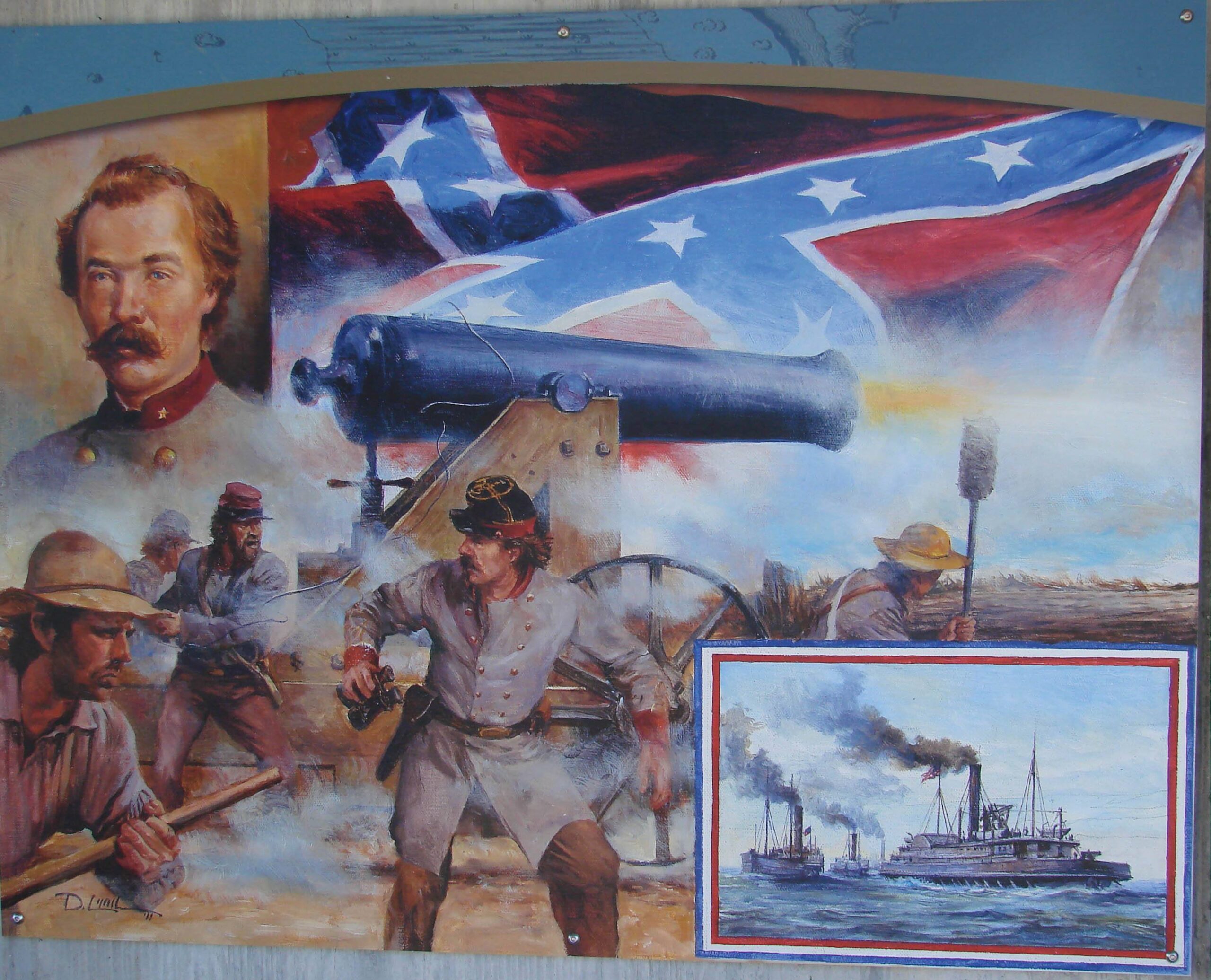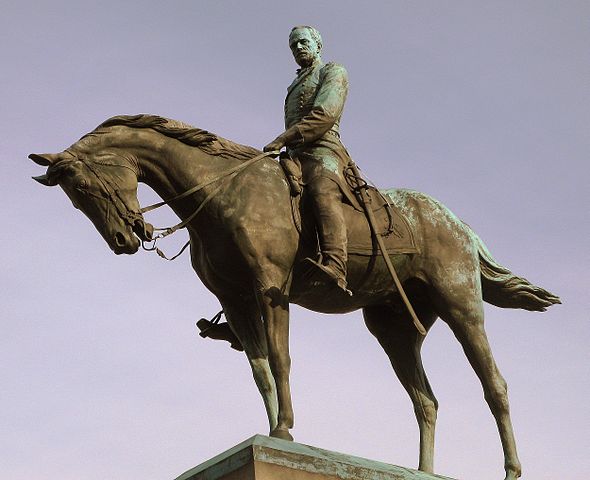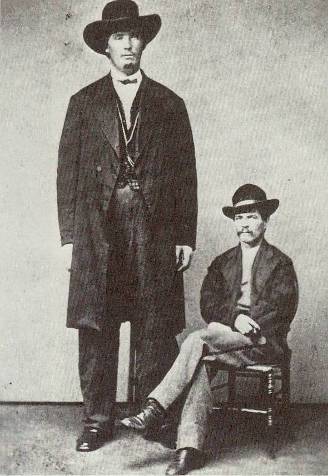
Martin Van Buren Bates was a normal baby born to normal parents in Letcher County, Kentucky, in 1837. But he was not destined to be “normal” for long. At the age seven he started a tremendous growth spurt. By the time he was thirteen, he had grown to a height of over 6 feet, and weighed in 300 pounds.
His parents were so astonished by his amazing growth that they would not let him do any chores, fearing that his body would be too fragile to handle the activity. And he kept on growing. It is said that he reached the height 7 feet 11 inches and weighed over 470 pounds.
He wrote later in an autobiography,
“My growth was gradual and it is probable, that owing to that fact each portion of my body developed equal and symmetrically… When I was fifteen I stood six feet in height and was to all appearances a man. At that time the war between the States was commenced.”
When the Civil War began in 1861, Bates left his school teaching position and joined the Confederate Army as a private in the 5th Kentucky Infantry. His imposing size and ferocity in battle earned him a promotion to rank of Captain very quickly. His incredibly large size made him a legend among Union soldiers. They told tales of a “Confederate giant who’s as big as five men and fights like 50.”
He was severely wounded in a battle around the Cumberland Gap area and also captured, but he later managed to escape.
After the War, he did not return to Kentucky because of violent feuding going on between the Union supporters and Confederate supporters. He said,
“I’ve seen enough bloodshed; I didn’t want any more.”
Instead, he traveled to Ohio, and joined the circus, exhibiting his enormous stature to curious onlookers in the “cabinet of curiosities.” People said his boots were so so large “it took a bushel of corn to fill one boot.”
While on tour in Canada, he met Anna Swan, who stood 7 feet and 5 and a half inches tall.
The curious couple later married in London and became the “The Tallest Man and Wife That Ever Existed.” Thousands of people were drawn to them, not only by their uncommon size, but also by their exceedingly good and charming nature. Queen Victoria herself gave them two extra-large diamond-studded gold watches as wedding presents.
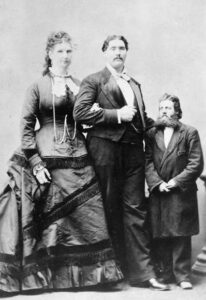
Martin and Anna Bates
Martin and Anna eventually returned to Ohio, settling into a life of farming in Seville, and were lovingly known at “the Giants of Seville.’
Bates is one of the most famous Kentuckians to have ever lived. His struggles and triumphs, during the Civil War and civilian life demonstrate to us the pursuit of a passionate life well-lived – even as a “Giant.”
Thanks for reading. Please share our posts with your friends and family so they too can learn more about Southern Heritage and History.
Brought to you by: Ultimate Flags


